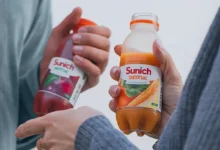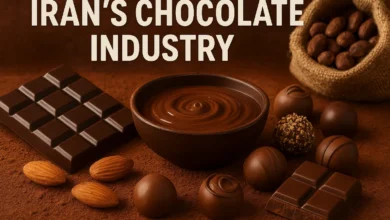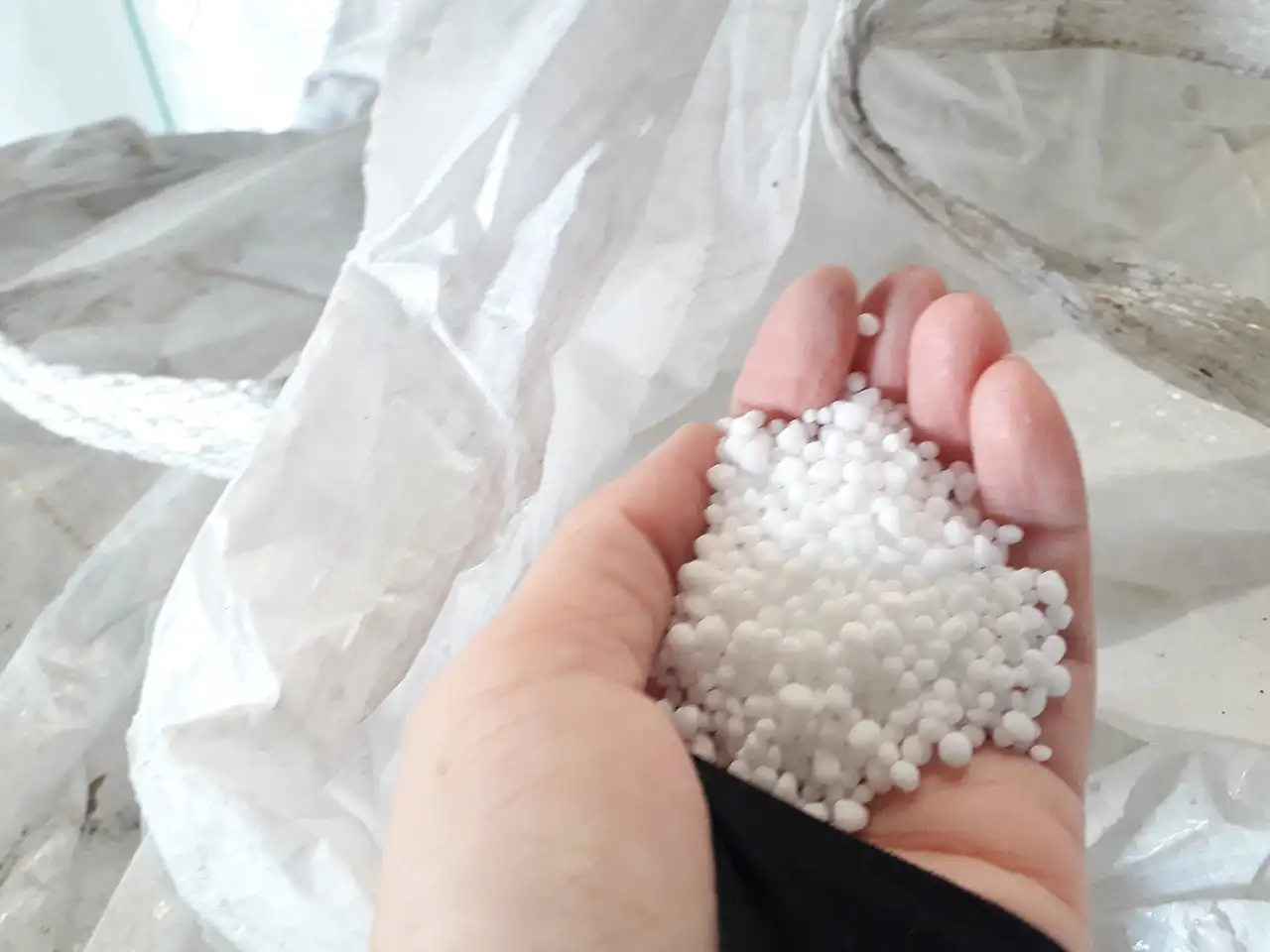A Fresh Look at Beverage Prices in Iran
Insights into trends shaping beverage prices in Iran
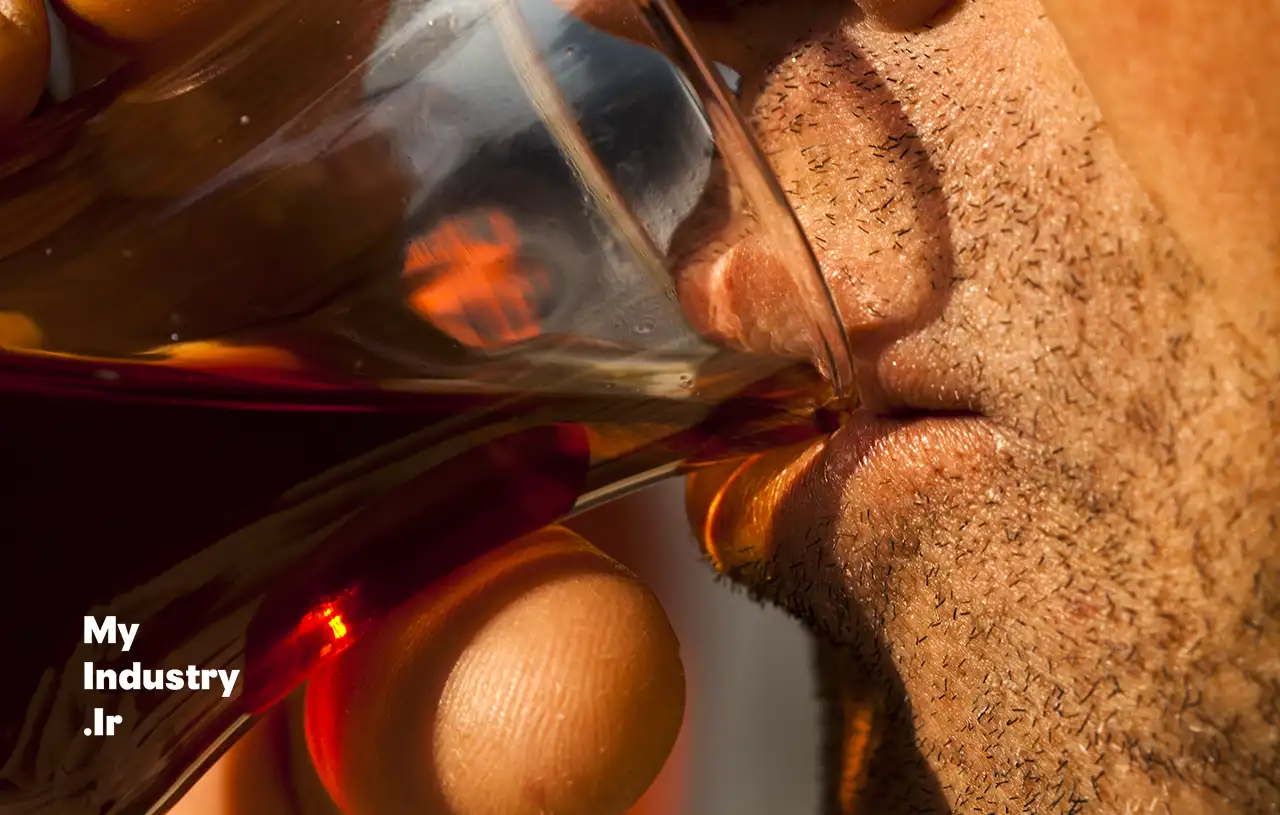
Iran’s beverage culture is deeply rooted in its history and traditions, making it distinct from global markets. While tea is a cornerstone of Iranian hospitality, consumed daily across all demographics, coffee has historically held less significance compared to Western nations. Traditional drinks such as saffron syrup, khakshir (flaxseed syrup), and bidmeshk (willow water) also reflect the country’s rich cultural heritage. These beverages often carry symbolic and medicinal value, setting them apart from the more commercialized drinks in global markets. We are going to tell you essential information about beverage prices in Iran.
For businesses considering entry into the Iranian beverage market, understanding these cultural nuances, pricing trends, and market dynamics is crucial. This guide provides insights into the types of beverages consumed in Iran, factors affecting their pricing, and potential opportunities for new entrants. (Read this article: Drink Industry in Iran)
Types of Beverages in Iran: A Structured Look
1. Hot Beverages
- Tea: The staple drink of Iranians, typically served with sugar cubes or sweets. In high-end cafes, tea with a small pastry can cost up to $1.10 (825,000 IRR), while at home or traditional tea houses, a simple cup costs as low as $0.30 (225,000 IRR).
- Herbal Infusions: Popular options include borage, mint, and chamomile. These drinks are valued for their soothing and health-boosting properties. A serving in cafes ranges from $0.80 to $1.50 (600,000 to 1,125,000 IRR).
- Coffee: While less popular than tea, coffee consumption is growing. Instant coffee packets cost around $0.60 (450,000 IRR), but a cup of brewed coffee in a trendy coffee shop might range from $2.00 to $4.00 (1,500,000 to 3,000,000 IRR).
2. Cold Beverages
- Traditional Syrups: Drinks like saffron syrup or khakshir are summer staples. A 1-liter bottle costs $0.67 to $2.00 (500,000 to 1,500,000 IRR) in stores, while a glass in restaurants or juice stands can range from $1.00 to $2.50 (750,000 to 1,875,000 IRR).
- Packaged Drinks: This includes fruit juices, sodas, and energy drinks. A 500 ml bottle of soda is priced between $0.27 and $0.67 (200,000 to 500,000 IRR). Premium brands or imported options can cost up to $1.50 (1,125,000 IRR).
3. Dairy-Based Drinks
- Doogh: A savory yogurt-based drink enjoyed with meals. Packaged doogh costs $0.20 to $0.53 (150,000 to 400,000 IRR) per liter. In restaurants, a serving costs around $0.50 to $1.20 (375,000 to 900,000 IRR).
- Flavored Milk: Popular among children, a 250 ml carton ranges from $0.40 to $0.93 (300,000 to 700,000 IRR).
4. Seasonal and Festive Drinks
- Rosewater and Lime Syrups: Dominant during Ramadan, these cost around $1.00 to $2.00 (750,000 to 1,500,000 IRR) per glass.
- Winter Beverages: Drinks like cinnamon-infused tea are priced similarly to herbal infusions, around $0.80 to $1.50 (600,000 to 1,125,000 IRR).
Factors Influencing Beverage Prices in Iran
1. Raw Material Costs
- Locally grown tea and herbs are affordable, but imported coffee beans and exotic ingredients like saffron increase costs significantly.
2. Economic Factors
- Inflation: Persistent inflation raises production and distribution expenses.
- Currency Exchange Rates: Imported goods like coffee are heavily affected by fluctuations in the Iranian rial.
3. Cultural and Seasonal Demand
- Festive periods such as Ramadan and Nowruz drive demand for specific drinks, temporarily raising their prices.
4. Government Policies
- Tariffs on imported goods can elevate prices, while subsidies for dairy products help stabilize costs of drinks like doogh.
Opportunities and Challenges for Businesses
Opportunities
- Growing Interest in Coffee: The increasing demand for coffee presents a lucrative opportunity for businesses offering premium coffee or related products.
- Health-Conscious Trends: Herbal infusions and organic beverages are gaining popularity, especially among urban consumers.
- Modern Packaging: Innovative packaging for traditional drinks can attract younger demographics.
- E-commerce Channels: Expanding online sales for beverages can help businesses reach a wider audience.
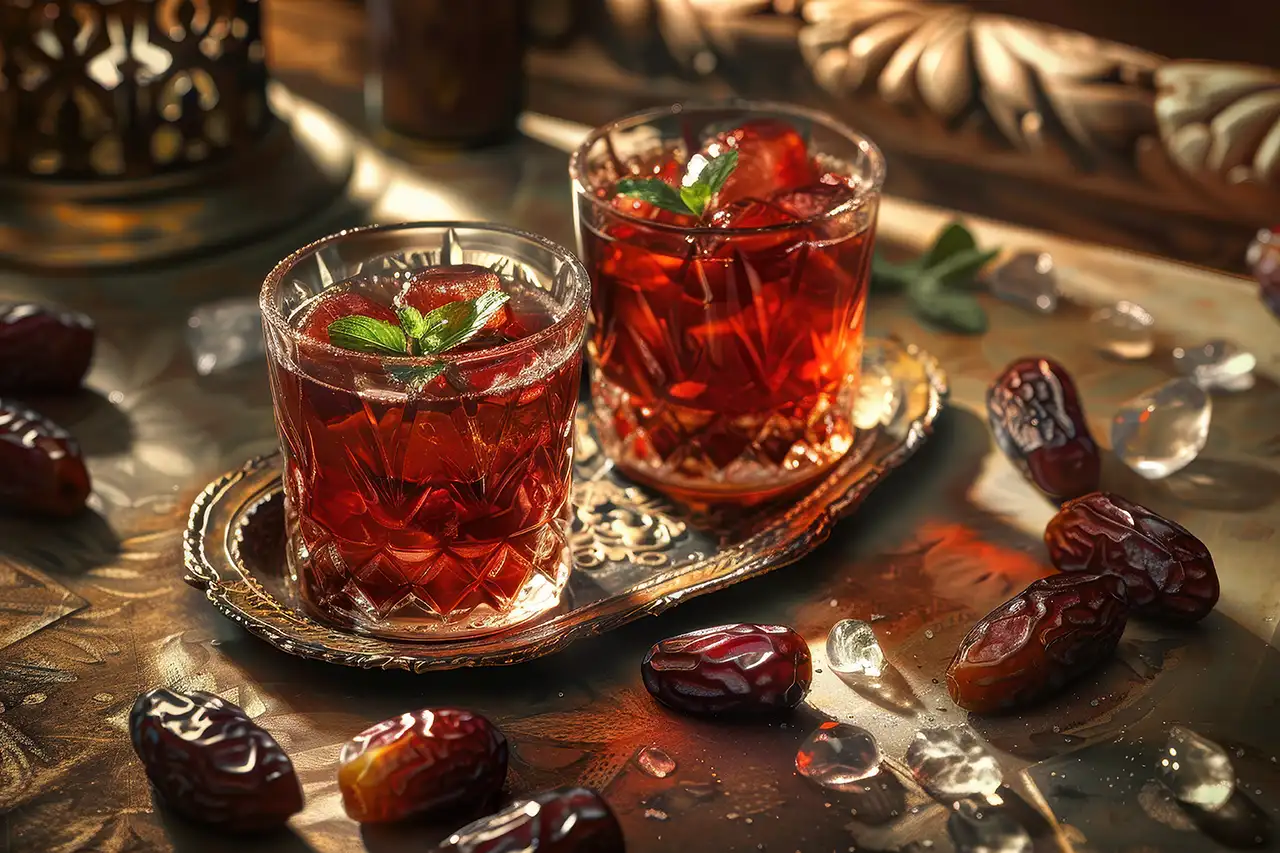
Challenges
- Economic Volatility: High inflation and currency fluctuations can complicate pricing strategies.
- Regulatory Barriers: Import tariffs and compliance with local standards may pose challenges for foreign brands.
- Cultural Sensitivity: Aligning product offerings with local tastes and traditions is critical for success.
Regional Variations in Beverage Preferences
- Urban Areas: In cities like Tehran and Isfahan, consumers favor modern cafes and premium brands, leading to higher prices.
- Rural Areas: Locally produced beverages like tea and doogh dominate, offering affordability and cultural familiarity.
- Seasonal Variations: Cold beverages peak in summer, while herbal infusions and hot drinks are preferred during winter.
Recommendations for Market Entry
- Market Research: Conduct thorough research to understand consumer preferences, competitors, and pricing strategies.
- Local Partnerships: Collaborate with Iranian distributors or manufacturers to navigate regulatory and logistical challenges.
- Customized Offerings: Tailor products to align with Iranian tastes, such as offering smaller portions of premium beverages to maintain affordability.
- Brand Building: Highlight cultural relevance and quality to build trust and loyalty among Iranian consumers.
| Type of Beverage | Description | Price Range (USD) | Price Range (IRR) |
|---|---|---|---|
| Tea | Staple drink, typically served with sugar cubes or sweets. | 0.30 – 1.10 | 225,000 – 825,000 |
| Herbal Infusions | Popular for health benefits, includes borage, mint, and chamomile. | 0.80 – 1.50 | 600,000 – 1,125,000 |
| Coffee | Gaining popularity, especially in urban areas. | 0.60 – 4.00 | 450,000 – 3,000,000 |
| Traditional Syrups | Summer staples, often made with saffron or flaxseed. | 0.67 – 2.50 | 500,000 – 1,875,000 |
| Packaged Drinks | Includes fruit juices, sodas, and energy drinks. | 0.27 – 1.50 | 200,000 – 1,125,000 |
| Doogh | Savory yogurt-based drink, paired with meals. | 0.20 – 1.20 | 150,000 – 900,000 |
| Flavored Milk | Sweetened milk, popular among children. | 0.40 – 0.93 | 300,000 – 700,000 |
| Rosewater and Lime Syrups | Dominates Ramadan, refreshing and traditional. | 1.00 – 2.00 | 750,000 – 1,500,000 |
| Winter Beverages | Warm drinks like cinnamon-infused tea, popular in winter. | 0.80 – 1.50 | 600,000 – 1,125,000 |
Conclusion about beverage prices in Iran
Beverage prices in Iran reflect a dynamic interplay of tradition, modernity, and economic factors. For businesses aiming to enter this market, understanding consumer behavior, regional variations, and economic challenges is essential. By leveraging local insights and adapting to cultural preferences, companies can tap into the vast potential of Iran’s beverage market and build a sustainable presence.
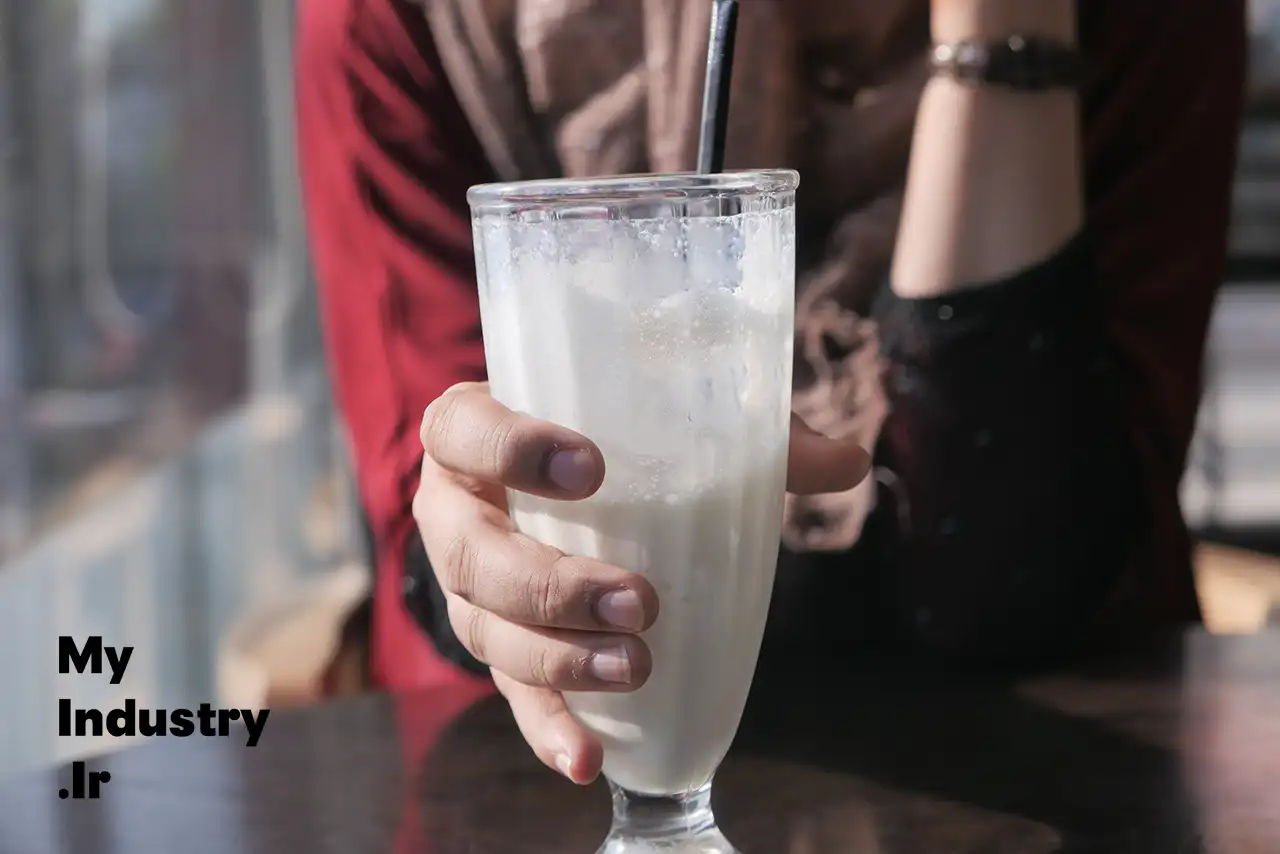
We used many sources for this article but Donyaye Eqtesad was one of the most important one.



